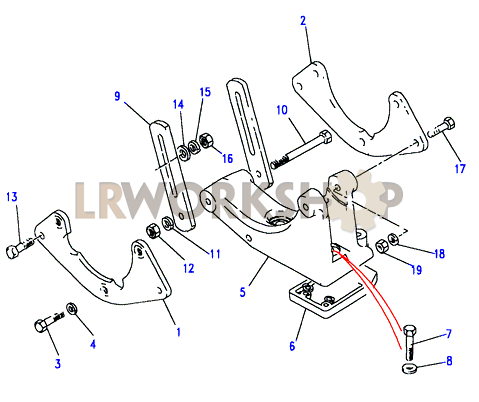erover82
0
I could have kept those axles and suspension in place, but wanted to rebuild it all to the same standard as the engine and chassis.
The teardown continues.

Blasted and powder coated many old parts as well as new HD rear trailing arms. Wasn't pleased with powder alone, so finished them in semi-gloss enamel.

Over cleaner and pressure washing every last bit of grease off the axles.

Hauling the axles off to be blasted, in the back of an LR4.

Took a project break at Legoland where the youngest expressed in interest in AAA yellow convertibles with classic squared off design.

Back to work in the paint tent. Classic recipe - freshly blasted, epoxy primer, semi-gloss enamel.

Curing out in the sun for a few days.

Running out of room again. There's a chassis under there somewhere.

Engine, meet chassis. I'd need as much room as possible in the shop to move large parts around, and having an engine floating around on a stand wouldn't help.

The teardown continues.
Blasted and powder coated many old parts as well as new HD rear trailing arms. Wasn't pleased with powder alone, so finished them in semi-gloss enamel.
Over cleaner and pressure washing every last bit of grease off the axles.
Hauling the axles off to be blasted, in the back of an LR4.
Took a project break at Legoland where the youngest expressed in interest in AAA yellow convertibles with classic squared off design.
Back to work in the paint tent. Classic recipe - freshly blasted, epoxy primer, semi-gloss enamel.
Curing out in the sun for a few days.
Running out of room again. There's a chassis under there somewhere.
Engine, meet chassis. I'd need as much room as possible in the shop to move large parts around, and having an engine floating around on a stand wouldn't help.
